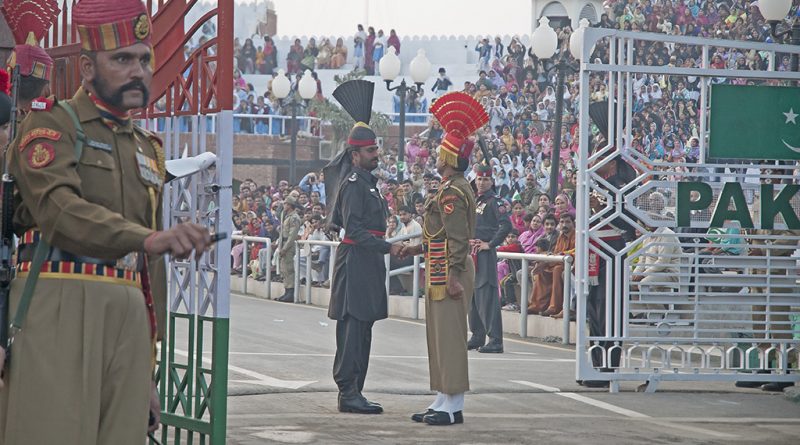India and Pakistan Renew Ceasefire After 20 Years
Drew Starbuck
Staff Writer
For the first time in almost 20 years, India and Pakistan have ceased firing across their shared border. Military officials from both nations released a joint statement stating they have agreed to a new ceasefire that went into effect at midnight on February 26, according to The New York Times.
The ceasefire agreement includes the disputed region of Kashmir in the Himalayas, which has been the main source of contention between India and Pakistan. The region has seen the two sides regularly exchange artillery and small-arms fire. Despite the apparent low intensity of the conflict, it annually kills dozens of villagers and military personnel in the region, reports The Washington Post.
In Feb. 2019, the conflict worsened when India blamed Pakistan-based armed groups for an attack on the Indian-administered Kashmir town of Pulwama that left more than 40 Indian security force members dead, according to Al Jazeera. Pakistan denies these allegations. Al Jazeera describes that when India carried out a retaliatory air attack a few days later, Pakistani jets also scrambled to conduct similar air raids near military installations in Indian-administered Kashmir. While tensions cooled when Pakistan returned an Indian fighter jet pilot who was shot down, the relationship soured further in August 2019 when India revoked a special constitutional status granted to Indian-administered Kashmir. This move was in violation of United Nations Security Council resolutions on the decades-long dispute according to Pakistan.
The region of Kashmir itself has faced many hardships due to continued conflict. Since 2018, Indian information shows that 70 civilians and 72 soldiers have been killed in the exchange of fire across the border, according to NBC. On the Pakistani side, nearly 300 civilians have been killed since 2014, when violations of the original ceasefire began to rise, according to a Pakistan military source, states NBC.
According to Foreign Policy, previous cease-fire violations were caused, in part, by local commanders on both sides of the border having considerable leeway to undertake military actions. When one side bolsters its position through the construction of fortifications, the opposing side often initiates fire. These actions rarely have the approval of higher commanders or political authorities. Many analysts remain doubtful that the newest ceasefire will last, but different circumstances may have prompted the latest agreement between India and Pakistan.
The recent ceasefire may be in the self-interest of both sides. India has barely stabilized its northern border with China since a series of clashes last year and may not be eager to start another border crisis with its old rival, states Foreign Policy.
Pakistan may also have its own reasons to reduce tensions. Under Former United States President Donald Trump, the U.S. adopted a tougher stance toward Pakistan, furthers Foreign Policy. With a new U.S. president, it may be in Pakistan’s interest to demonstrate that it can be a responsible partner in the region and play a role with the peace process in Afghanistan.
While the reasons behind earlier ceasefire failures have not vanished, but the political landscape has changed. With China’s rise, Pakistan’s political desires, and international pressure, this latest gambit could be a short-term agreement or a major shift in policy for both nations, states Foreign Policy. To make this work, Pakistan will have to rein in the activities of terrorist organizations that exist within their borders, while India will have to exercise suitable restraint along the Line of Control, furthers Foreign Policy. The odds may not reflect the situation, but there may finally be a chance for long-term peace in the conflicted region of Kashmir.

